As you may have heard, this year’s Academy Awards ceremony will feature fewer pronouncements of “And the Oscar goes to!” In an effort to streamline the ABC broadcast, producers chopped eight categories from the March 27 live event. The cut categories include documentary short, film editing, makeup and hairstyling, original score, production design, animated short, live action short, and sound. The awards will still be announced, they’ll just be relegated to a separate event and shown via pre-taped highlights.
It’s not the first time there’s been talk of shrinking the broadcast. The Academy threatened to cut four out of the 23 categories in 2019, until tremendous backlash altered those plans. Despite renewed complaints from the industry, the Academy of Motion Picture Arts and Sciences (AMPAS) seems determined to keep the show capped at three hours with the reduced content. It’s also changing up the hosting role once again, tapping three hosts to share the duties of keeping the ceremony rolling along smoothly: Regina Hall, Amy Schumer, and Wanda Sykes.
All of this tumult makes me yearn for simpler times at the Oscars.
Ok, simpler isn’t the best description. How about more extravagant times?
Back in the day, opening numbers would regularly provide an homage to Old Hollywood with glitz and glamour (and plenty of cheese). Of course, the most infamous was the 1989 opener. If you haven’t seen it google Oscars and Snow White—I’ll wait.
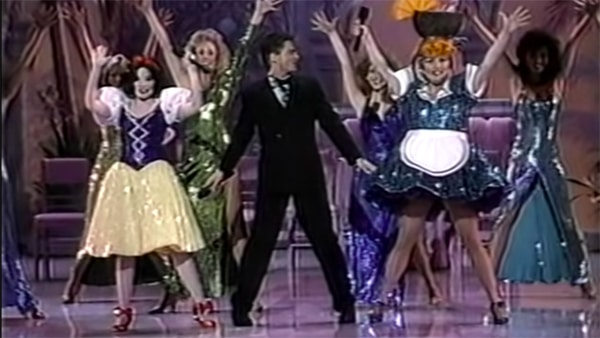
Didn’t get through it all? I can’t blame you. The 11-minute production number is still remembered as one of the worst moments in Oscar history. A woman in full Snow White costume sings (in the character’s familiar shrill voice) some lyrics about the movies to the tune of “Proud Mary,” along with Rob Lowe, who may be a talented actor, but not someone you’d call a song-and-dance man.
But, wait. There’s more.
Legendary talk show host Merv Griffin croons at a mock-up Coconut Grove, where he performed earlier in his career. After the chorus girls swirl around the stage, stars of yesteryear are introduced as they cross the stage. There’s a talent to having this much awkwardness crammed into such a small amount of time. And yet the number, produced by Allan Carr (Grease), was stretched like Silly Putty past the point of being recognized.
This Oscar fiasco did segue into a terrific “one door closing, another door opening” opportunity. Although Lily Tomlin officially welcomed viewers to the 1989 broadcast the year after after Snow and Rob graced the stage, there was no host.
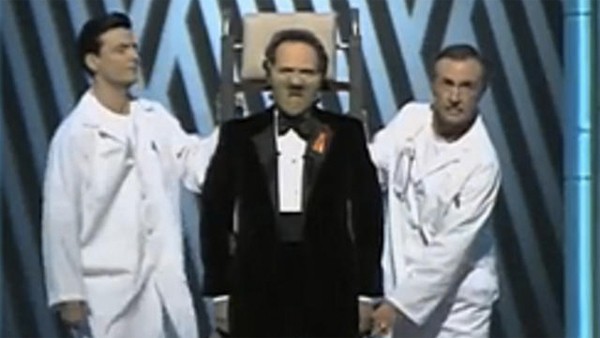 But it didn’t last. AMPAS decided to reinstall a host the next year. Billy Crystal kicked off the show for the first time, to much applause, in 1990. “Is that for me or are you just glad I’m not Snow White?” he joked. “I thought we’d bring her out and do the Lambada, the forbidden dance.”
But it didn’t last. AMPAS decided to reinstall a host the next year. Billy Crystal kicked off the show for the first time, to much applause, in 1990. “Is that for me or are you just glad I’m not Snow White?” he joked. “I thought we’d bring her out and do the Lambada, the forbidden dance.”
Crystal would be the official emcee the next four years and ended up hosting a total of nine broadcasts over the years. His big entrances and parodies of the nominated films featuring reworked lyrics from show tunes or standards became a tradition audiences looked forward to each time he hosted.
While Crystal might be the most popular host in Oscar history, if not arguably the best, he doesn’t hold the record for hosting the most times. That honor goes to iconic comedian Bob Hope, who hosted a whopping 19 times (though not consecutively). He was a fixture of the broadcast from the 1940s until 1978.
Hosts have come and gone, but the show works best under the stewardship of a single personality, ideally a comedian with hosting experience. It takes someone able to walk the fine line between gentle ribbing and mean-spirited takedowns of the Hollywood elite. There’s also the matter of taste. It’s unlikely Family Guy creator Seth MacFarlane will ever be asked back in the #MeToo era after his tribute to actresses who’ve done topless scenes in the movies went over like a lead balloon.
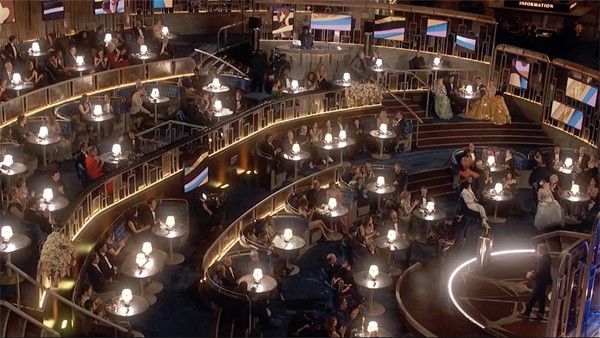 The Academy Awards is always looking for ways to boost ratings, not an easy mission in today’s fractured viewing landscape. The past few years have been especially challenging with the pandemic keeping audiences out of theaters and the rise of streaming platforms joining the race for gold. Last year, ratings ratings sunk to a record low with 10.4 million viewers, a 58 percent drop from the previous year’s show. As recently as 2010 the show was drawing 41.6 million viewers.
The Academy Awards is always looking for ways to boost ratings, not an easy mission in today’s fractured viewing landscape. The past few years have been especially challenging with the pandemic keeping audiences out of theaters and the rise of streaming platforms joining the race for gold. Last year, ratings ratings sunk to a record low with 10.4 million viewers, a 58 percent drop from the previous year’s show. As recently as 2010 the show was drawing 41.6 million viewers.
The show’s success usually mirrors the popularity of that year’s big movie. For example, when The Titanic was the clear favorite in 1998, more than 57 million people tuned in, anticipating smooth sailing to victory for the James Cameron classic. However, in 2008, despite celebrating 80 years of Oscars, the broadcast hit a low point (at least by rating standards back then). Only 31 million watched as an independent film, No Country for Old Men, won Best Picture.
Here are some other significant Oscar milestones over the years:
1929 — The first Academy Awards ceremony was held in the ballroom at the Roosevelt Hotel on Hollywood Blvd., across the street from two future venues: Grauman’s Chinese Theatre and the show’s current home, the Dolby Theatre at Hollywood and Highland.
1939 — One of the first categories to be added in the first decade of the awards was for Special Effects. It would later be split into Sound Effects and Special Visual Effects.
1947 — The first special award for a foreign language film (Italy’s Shoe-Shine) was awarded, but the category wouldn’t become a regular annual feature until 1956.
1949 — Best Costume Design becomes an official Academy Award, split into two categories: black-and-white and color. They were merged into a single category in 1967.
1953 — The first televised Oscar ceremony was carried from coast to coast on NBC (and simulcast on NBC’s radio network).
1966 — First Oscar telecast in color.
1969 — First international broadcast.
1982 — Makeup became an annual category this year, with the award going to Rick Baker for An American Werewolf in London.
2002 — A new award category was added for Best Animated Feature, with Shrek becoming the first to win it.
2009 — The Best Picture category was expanded from five nominees to 10 (the rule was changed again in 2011 to allow for the option of fewer films to be nominated, with the maximum still being 10). Over the years the number has fluctuated from 12 nominees in the first couple of decades to a steady five from 1944 until 2009.


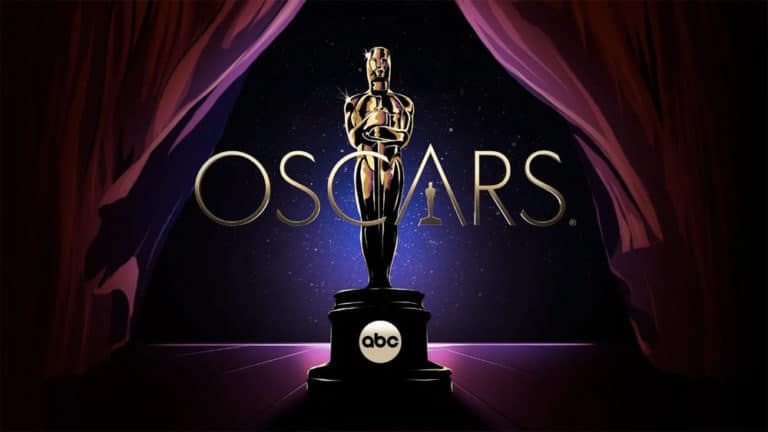
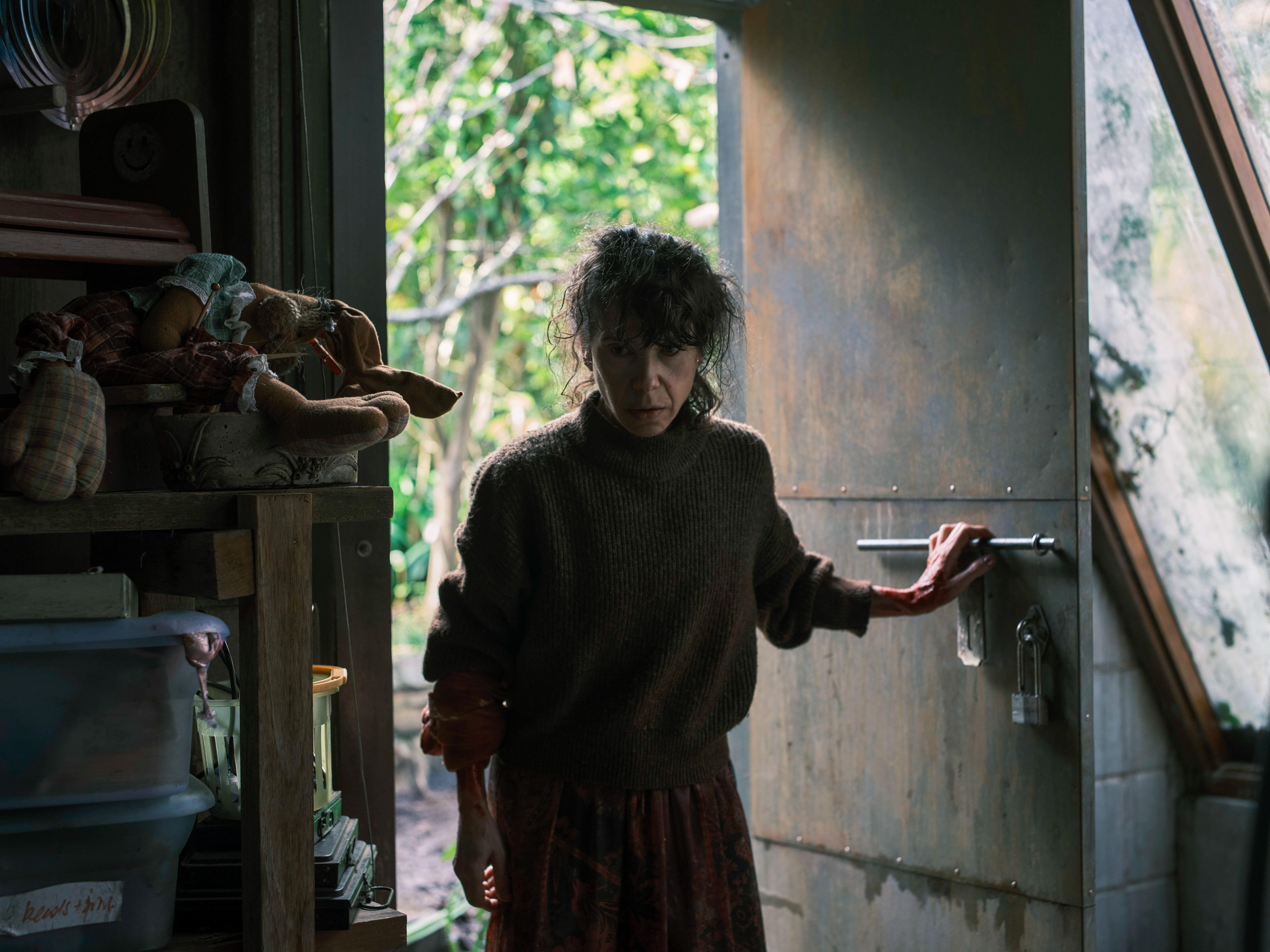
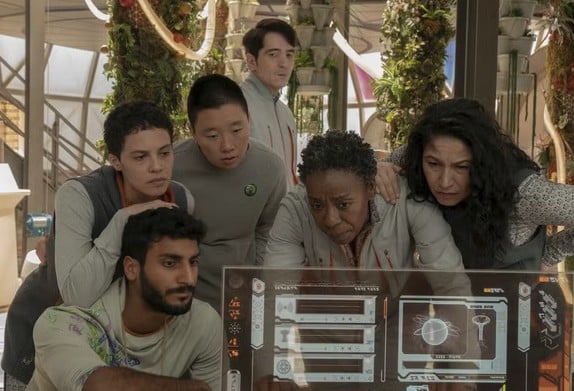
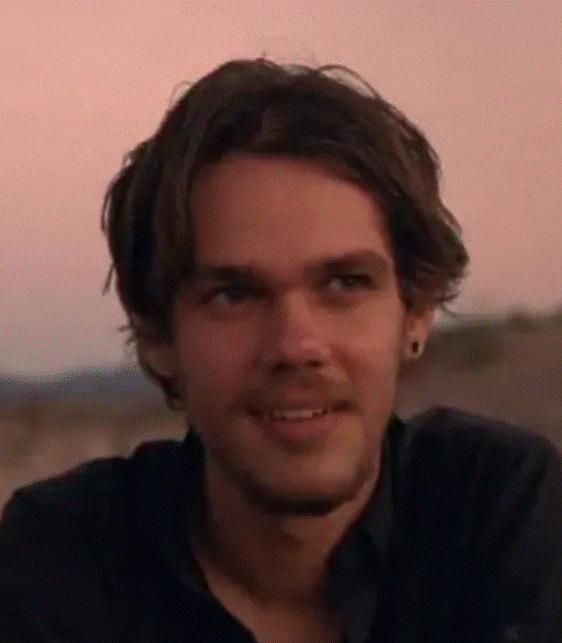
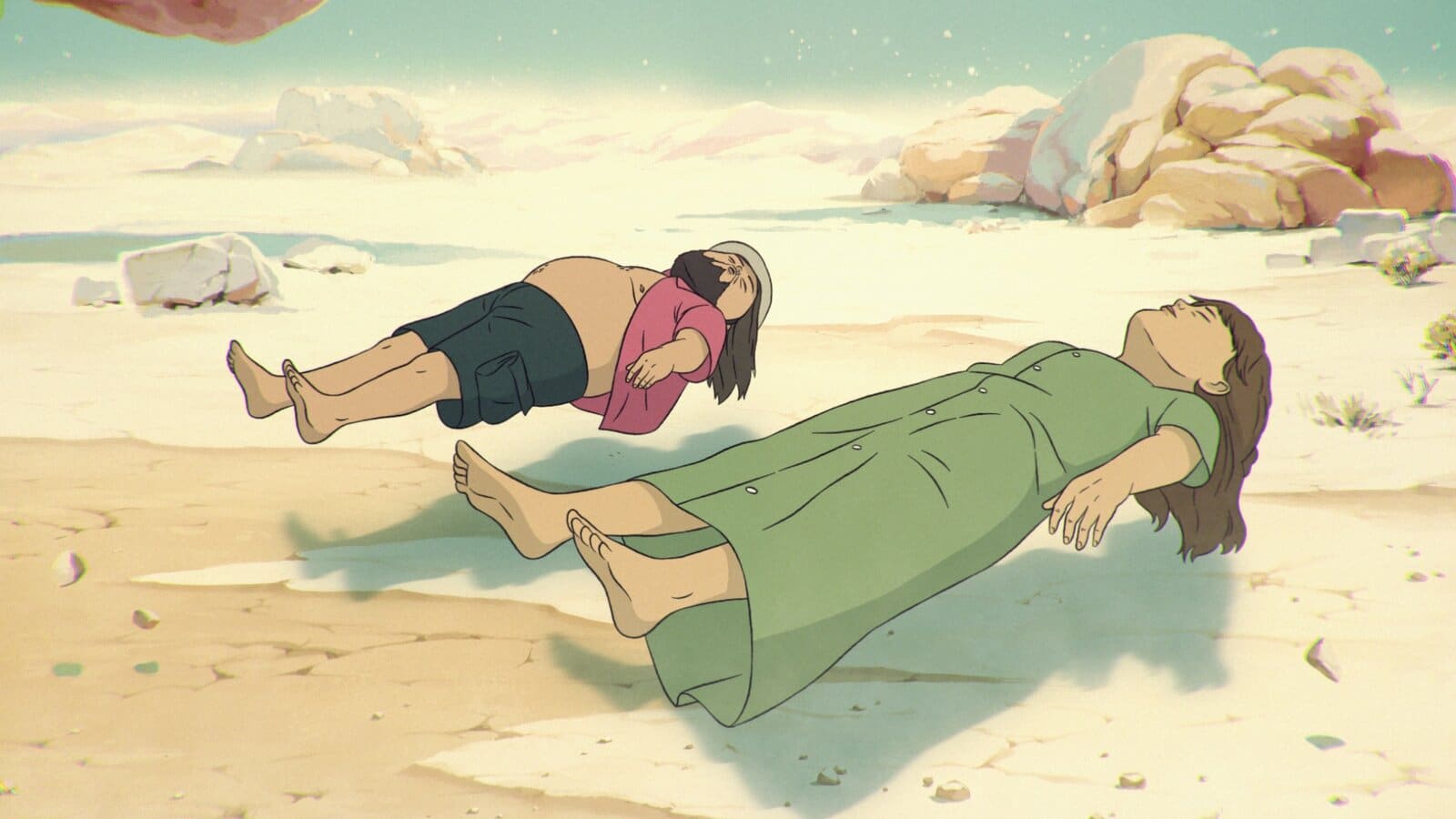


Start a watercooler conversation: